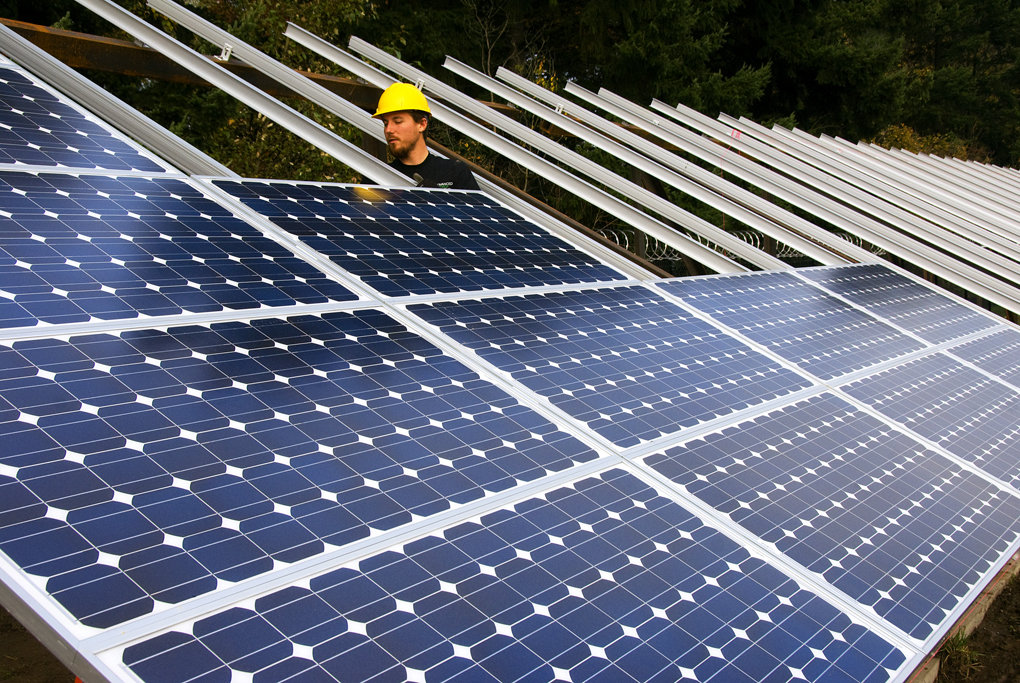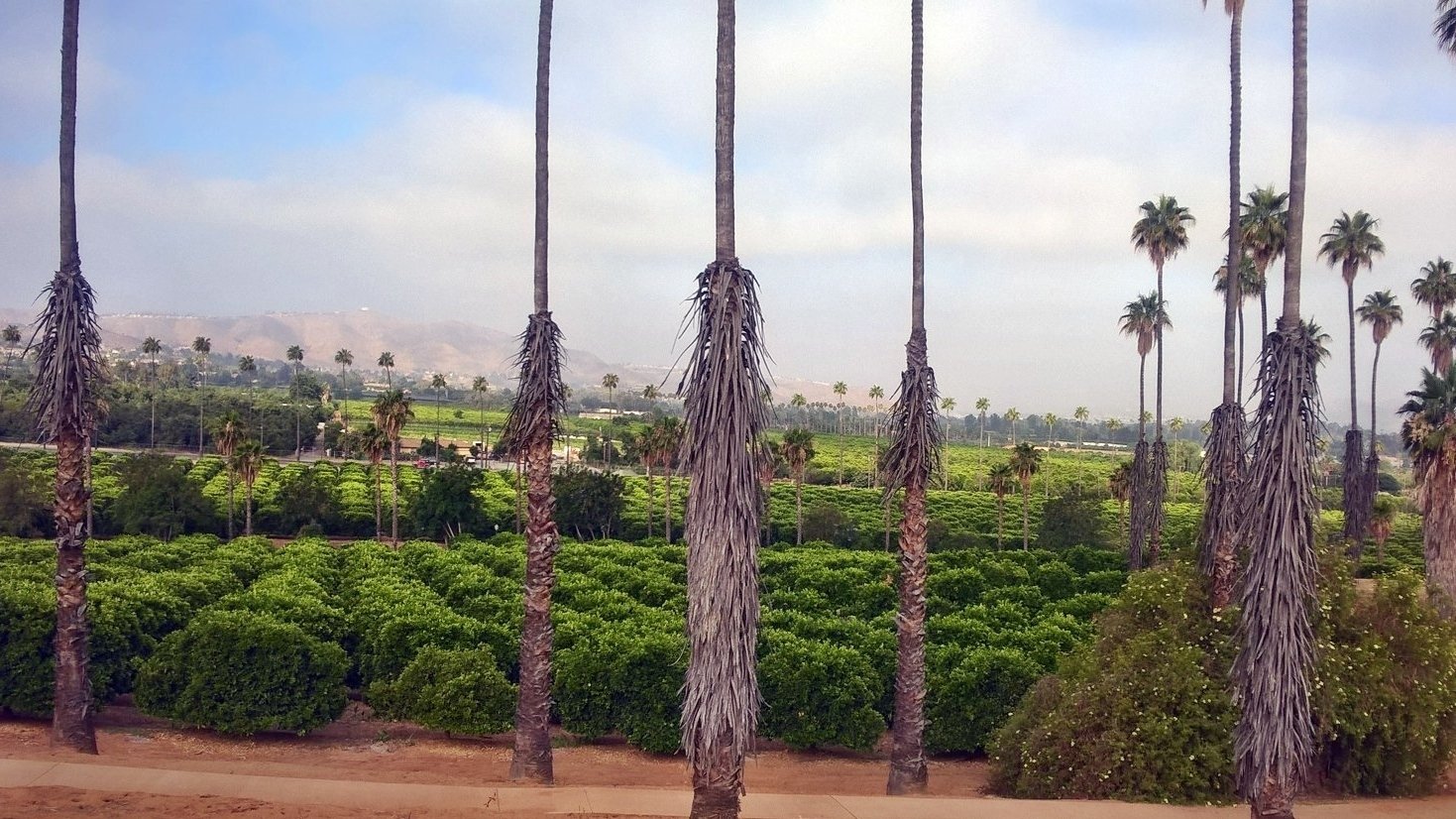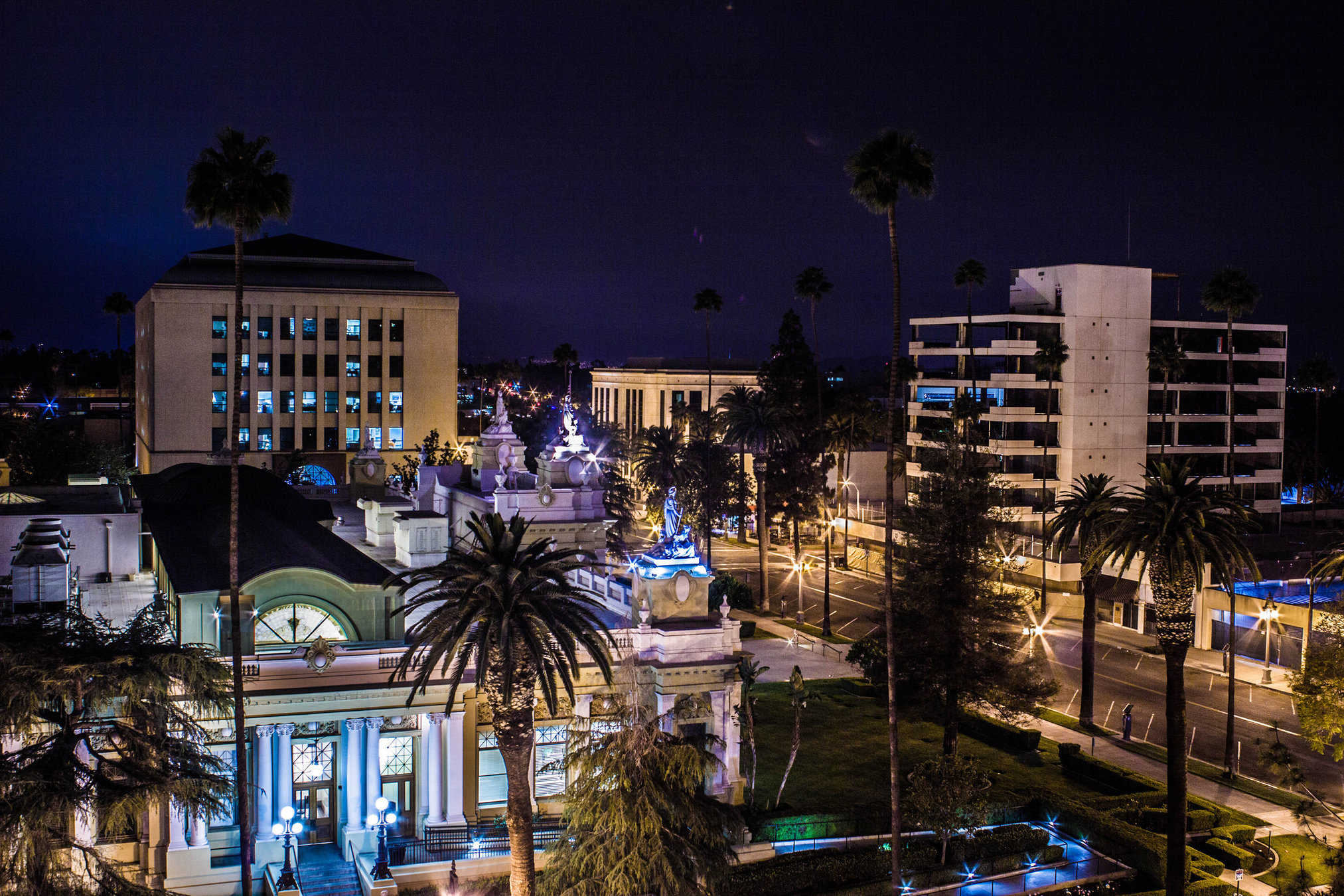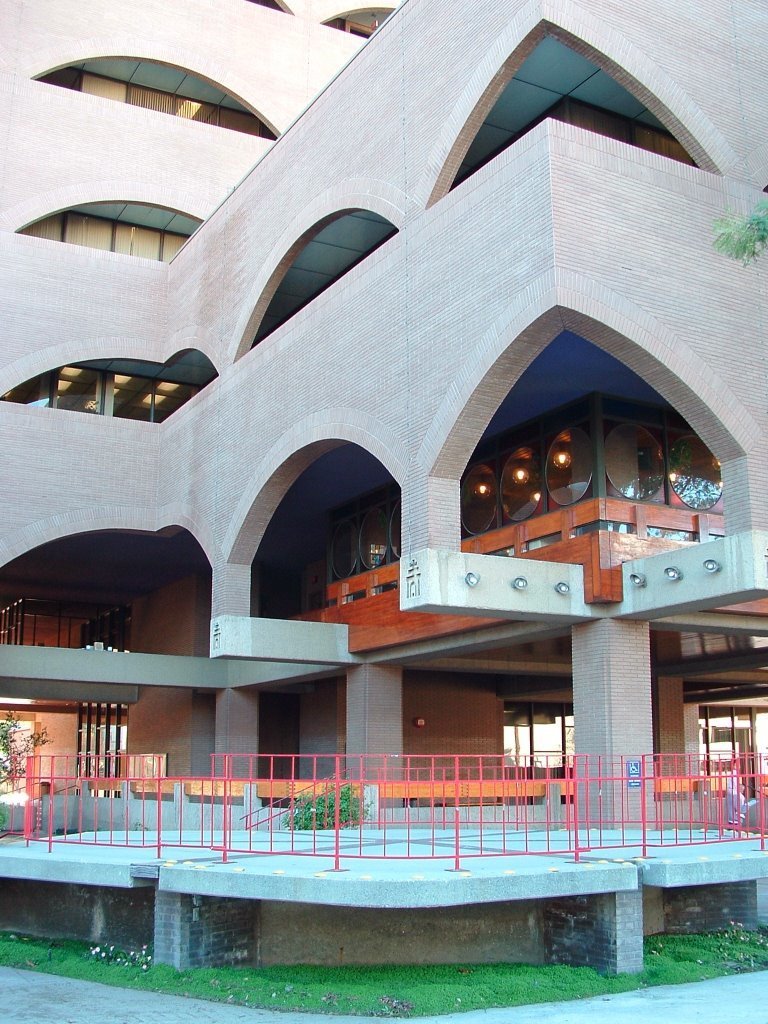As people become more certain of climate change, cities are taking action to become more sustainable with the ultimate goal of becoming a green city.
According to the UNEP, green cities are defined as those that are environmentally friendly. This definition is broad, and there are many different indicators like levels of pollution and carbon emission as well as waste volumes and recycling rates. Cities can also be considered green if they have ambitious green policies.

Riverside initiated its Green Action Plan following the release of its Sustainability Policy Statement in 2007.
This is a guidebook tying specific tasks to the policies outlined.
The guidebook focuses on seven key areas of city life:
Energy, Greenhouse Gas Emissions, Waste, Urban Design, Urban Nature, Transportation and Water.
To make sure these tasks were carried out, the Green Accountability Performance Committee was formed. Within two years, nearly each of the plan’s 38 tasks had been accomplished. The GAP committee began working with California’s Department of Conservation on its recycling program, diverting nearly half of its waste from landfills. Waste diversion is “generally recognized as a means to reduce greenhouse gas emissions” because it is associated with methane avoidance.
To make their policies more compelling to citizens, rebates for participation in certain initiatives were made available.
From lightbulbs to solar panels, there is a wide range of options for people to choose from to become more sustainable at a lesser price. Even businesses can get involved with construction, water, and solar programs.
Riverside drew on the “studies of urban forestry showing impacts on crime, domestic violence, ADHD symptoms, cultural isolation, neighborhood stability, student grades and even birth weight,” by giving away at least 100,000 shade trees to residents in the last ten years. Bringing urban forestry to people has given the program more success.
Text
A big part of Riverside’s plan centers around the education of citizens. The city holds events that help provide information and outreach.
To create a culture that is built on sustainability, Riverside sponsors educational programs for young students. There are hands-on presentations for fourth and fifth grade students, and teachers are given additional resources to encourage them to think about sustainability.
Information technology plays a big role because the programs are easily accessed through their website. This includes information, resources and more. It is one easy way to access advice and find out more about the programs. The website is used to get people involved by making it easier to participate.
The City of Riverside has put a series of policies and initiatives together that will enhance its position as a green city.
The biggest feature is the free energy assessment. Residents and businesses can sign up to track their water and energy usage. Their usage history and building knowledge is then used to offer advice on how to save. Residents can sign on whenever and access current information about their usage.


Combining research, information technology and policy, Riverside has become a more sustainable city through its commitment to the value of solar technology, waste diversion, urban forestry and more.

Greening cities can come with many benefits including lower infrastructure and operating costs, reduced congestion costs, job creation and poverty reduction and social equity.
Reducing pollution and other sustainability measures can also greatly improve public health. Changes can be made with water, energy, transportation, buildings, food and more.
Academic Resources:
“Cities: Investing in Energy and Resource Efficiency." United Nations Environment Programme (2011): 454-82. Print.
Brown, Sally. "Greenhouse Gas Accounting for Landfill Diversion of Food Scraps and Yard Waste." Compost Science & Utilization 24.1 (2015): 11-19. Web.
Leahy, Ian. "Innovations in Urban Forestry." American Forests 122.2 (2016): 40-46. Web.
Rosenzweig, Cynthia, William Solecki, Lilly Parshall, Stuart Gaffin, Barry Lynn, Richard Goldberg, and Jennifer Cox. "MITIGATING NEW YORK CITY'S HEAT ISLAND WITH URBAN FORESTRY, LIVING ROOFS, AND LIGHT SURFACES." (n.d.): n. pag. Web.
Campbell, Scott. "Green Cities, Growing Cities, Just Cities?: Urban Planning and the Contradictions of Sustainable Development." Journal of the American Planning Association (2007): 296-312. Web.
Image Credit:
Installing Solar Panel. Digital image. Flickr. Oregon Department of Transportation, 18 Nov. 2008. Web.
Riverside City Hall. Digital image. Panoramio. CaliRun, 24 Jan. 2007. Web.
Mission Inn. Digital image. Flickr. Patrick Photography, 18 July 2015. Web.
Gage Canal. Digital image. Flickr. N.p., 17 July 2015. Web.
Monroe Street. Digital image. Flickr. N.p., 14 Feb. 2016. Web.
Fox Performing Arts Center 1. Digital image. Flickr. N.p., 17 July 2015. Web.
Riverside Public LIbrary. Digital image. Flickr. Patrick Photography, 17 July 2015. Web.
Arlington Heights Orange Groves. Digital image. Flickr. N.p., 4 July 2016. Web.
Stainbrook, Tom. DTR Again. Digital image. Flickr. N.p., 15 May 2016. Web.
1. As people become more certain of climate change, cities are taking action to become more sustainable with the ultimate goal of becoming a green city. According to the UNEP, green cities are define
By Alex Jones
1. As people become more certain of climate change, cities are taking action to become more sustainable with the ultimate goal of becoming a green city. According to the UNEP, green cities are define
- 503



